Why ‘Hamsa’ Is The Most Versatile Meditation Mantra
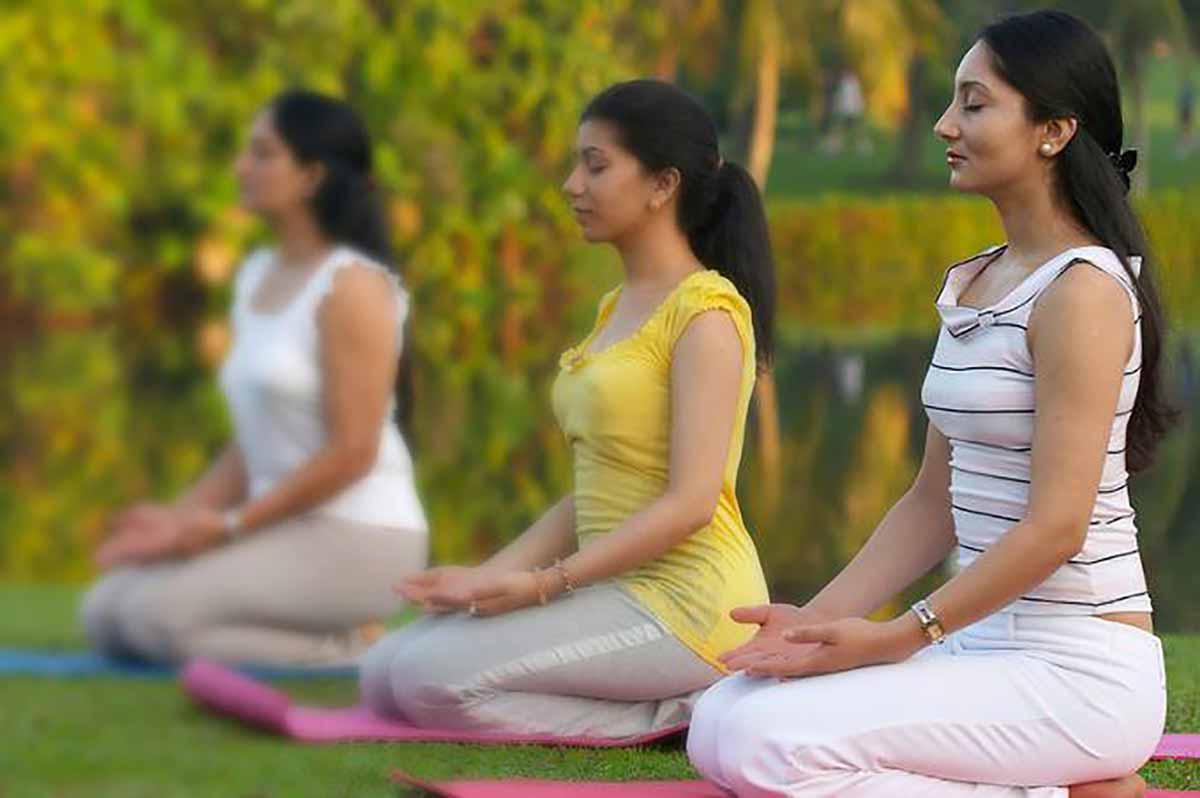 “Ham-Sa” is a simple but highly effective mantra that helps to develop one’s latent powers of concentration. The mantra Ham-Sa literally means “I am That” or “I am Spirit”.
“Ham-Sa” is a simple but highly effective mantra that helps to develop one’s latent powers of concentration. The mantra Ham-Sa literally means “I am That” or “I am Spirit”.
Using this simple yet effective technique, the breath calms down automatically and one learns to interiorise the mind – that is, to withdraw thought and energy from the constant distractions that ‘pull’ on the senses.
By entering into this state of deep calmness, we “forget” the breath and the body, so that we may experience God in stillness at “the altar of spirit.”
You can then direct your “concentrated attention” towards any heartfelt goal that you wish to manifest – and, ultimately, you will use it towards an ever deepening perception of the Divine Consciousness within you.
This post has been updated and moved to my Global Substack: https://open.substack.com/pub/energytherapy/p/try-the-ham-sa-meditation-for-concentration
Enjoyed this article and want to know more? Here are some easy steps you can take right now…
- Book a life changing “remote healing session” with Soul Guidance with Jaime: https://www.energytherapy.biz/energy-healing-with-jaime-tanna/
- Join Jaime’s fantastic 1 year Energy Coaching Program: Total Frequency Shift — Discover Radiant Health & Freedom
- Sign up for Jaime’s exciting new substack at https://energytherapy.substack.com/https://energytherapy.substack.com/


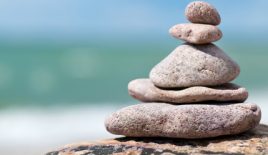
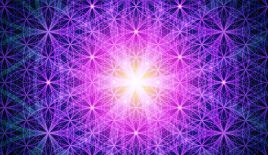
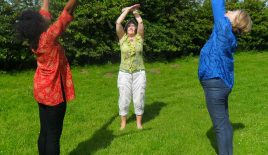

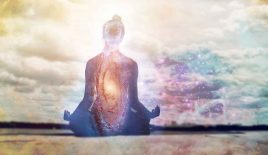


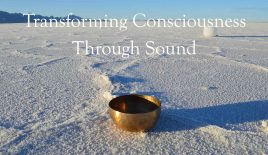









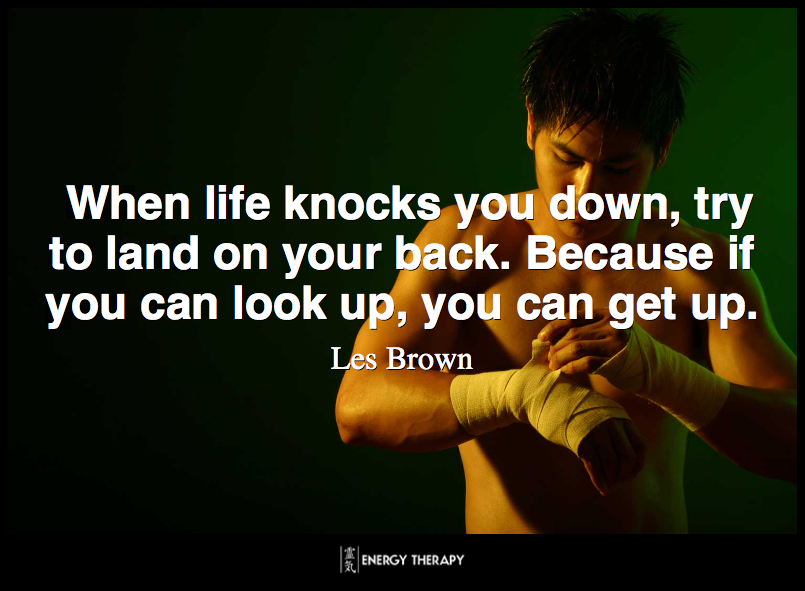
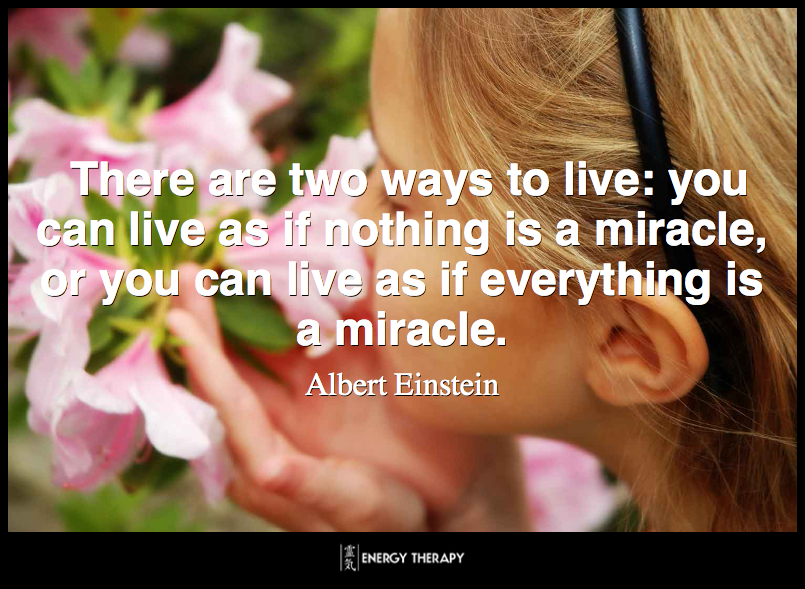
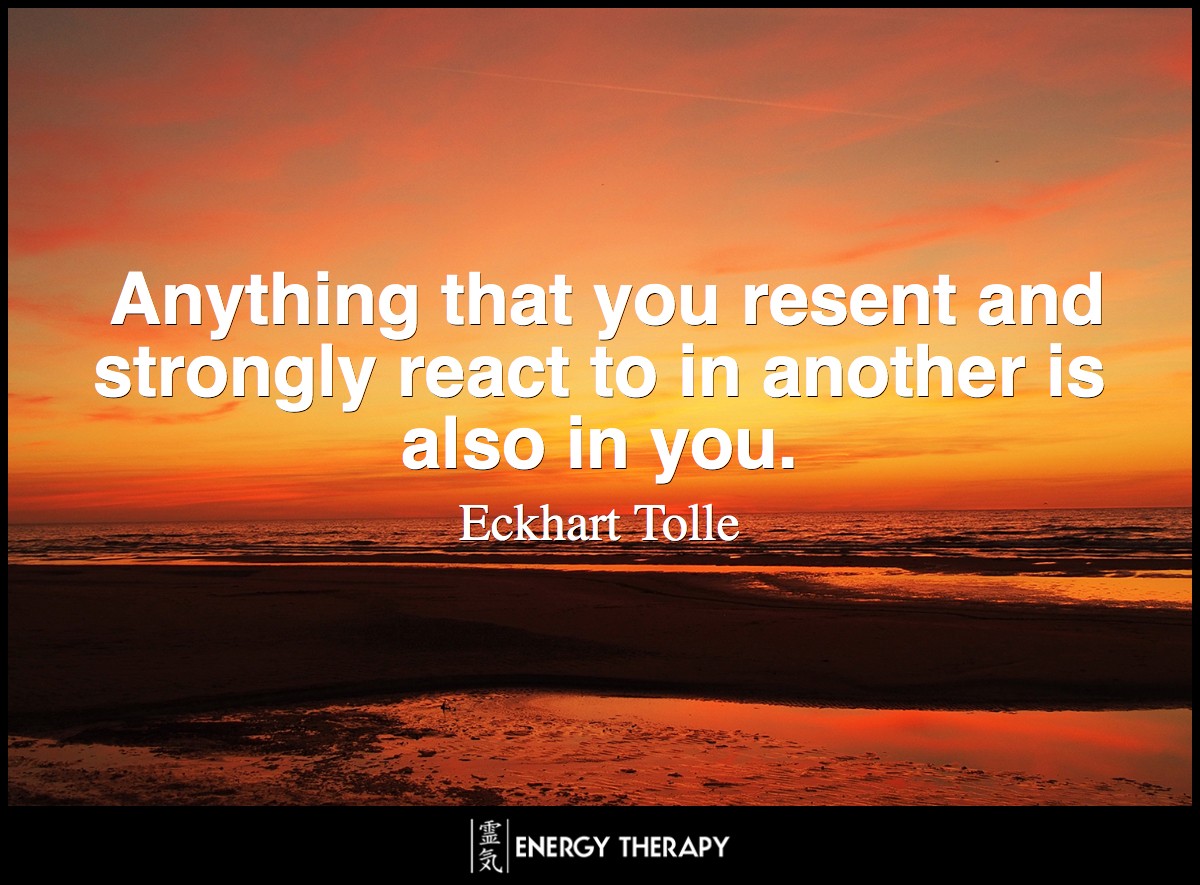




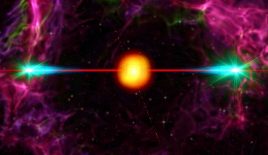
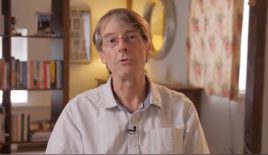







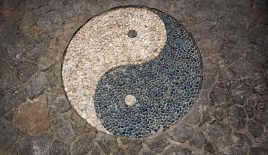

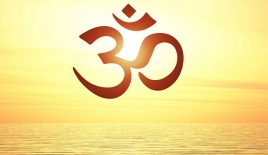




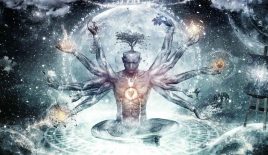









I won the lottery two times with this mantra.